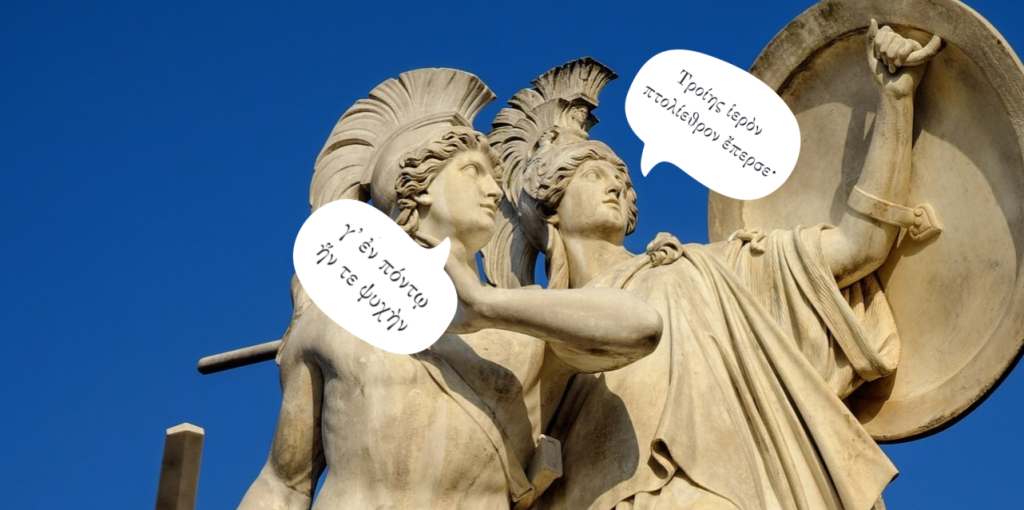Some languages have stood the test of time, surviving for thousands of years and still being spoken today.
Others are reading now
Some languages have been around for thousands of years and are still spoken today.
One of the oldest of these is Greek, which has been in use for about 3,400 years.
Although modern Greeks speak a version of the language that has changed significantly over time, it is still connected to the ancient Greek spoken in places like Athens 2,500 years ago.
But Greek isn’t the only ancient language still in use.
Also read
Other ancient languages, such as Chinese, Hebrew, and Sanskrit, also have long histories and are still spoken today.
Chinese dates back to around 1250 BC, with early examples found on oracle bones used in rituals. While modern Chinese has evolved from these ancient forms, it still has links to its early roots.
Hebrew goes back to before 1000 BC.
Although it stopped being spoken around the 2nd century AD, it was brought back to life in the late 19th century and is now the official language of Israel. Modern Hebrew is based on biblical Hebrew, with some updates for modern use.
Sanskrit is another ancient language that has stayed relatively unchanged over time.
Classical Sanskrit, standardized around the middle of the first millennium BC, is still used in religious and literary contexts in India. Although only about 14,145 people reported it as their first language in the 2001 Indian census, Sanskrit is still one of India’s 22 official languages and is studied and used in various cultural settings.
According to the Danish science magazine Illustreret Videnskab, Greek has been spoken continuously for about 3,400 years, making it the oldest language still in use today.
However, the language has changed considerably over the centuries.
Modern Greek speakers would find it difficult to understand ancient Greek without special training, as the language has evolved in terms of grammar, vocabulary, and pronunciation.


